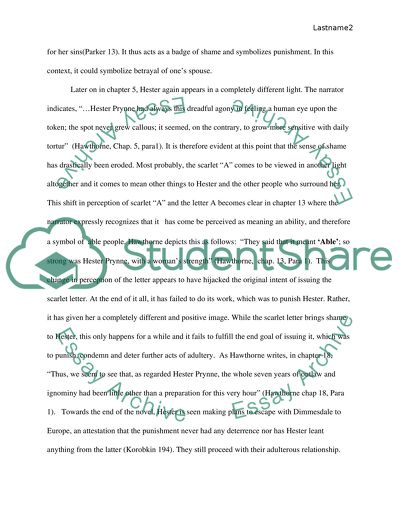Cite this document
(“Symbolism in Nathaniel Hawthorne's The Scarlet Letter Term Paper”, n.d.)
Retrieved from https://studentshare.org/literature/1417937-symbolism-in-nathaniel-hawthorne-s-the-scarlet
Retrieved from https://studentshare.org/literature/1417937-symbolism-in-nathaniel-hawthorne-s-the-scarlet
(Symbolism in Nathaniel Hawthorne'S The Scarlet Letter Term Paper)
https://studentshare.org/literature/1417937-symbolism-in-nathaniel-hawthorne-s-the-scarlet.
https://studentshare.org/literature/1417937-symbolism-in-nathaniel-hawthorne-s-the-scarlet.
“Symbolism in Nathaniel Hawthorne'S The Scarlet Letter Term Paper”, n.d. https://studentshare.org/literature/1417937-symbolism-in-nathaniel-hawthorne-s-the-scarlet.


